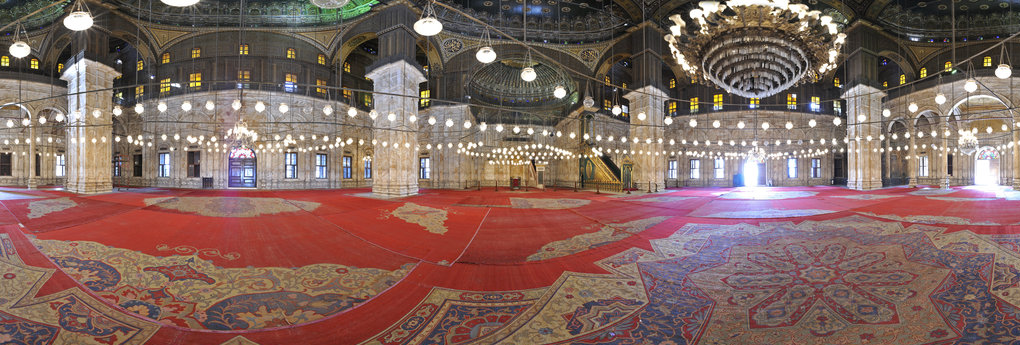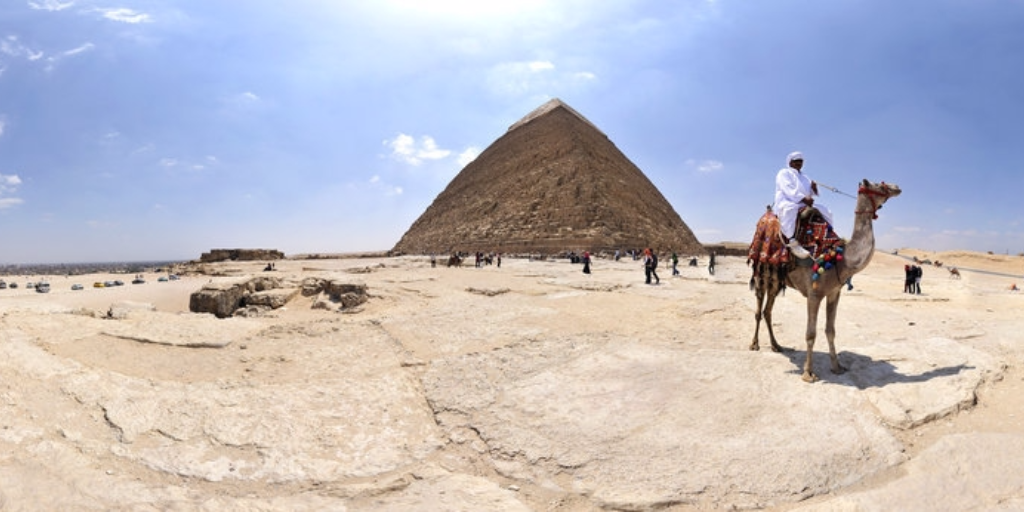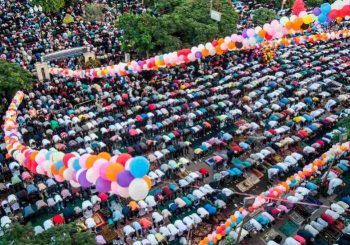By Maydaa Abo El-Nadar
One would wonder how has Slovenia, contributed to the Egyptian history! Surprisingly there are two important incidents to be narrated in this regard.
The famous foreign nationalities who represented a pillar in the formation of the Egyptian community and were harmonically integrated were Greeks, Italians and Armenians. However, the presence of Slavs in Egypt who came at the end of the 19th century and the beginning of the 20th century is not commonly realised among Egyptians.
In addition, the founder of Modern Egypt Mohamed Ali (1769-1849) was Albanian. Due to political and economic circumstances in the region of the Balkans, many of them resided in Egypt in the 19th century and the beginning of the 20th.
This period also marks the famous Yugoslav wars leading to the immigration of many Yugoslavs, where Egypt had its share from Slavs immigrants. The immigration of some Bosnians to Egypt, as a result of Bosnian-Serbian war which started in 1992 till 1995, is known for Egyptians. Both Bosnians and Serbians are of the Slavic ethnic group.
The 19th and 20th century enriched the cosmopolitan atmosphere in Egypt, especially Cairo and Alexandria. At the end of the 19th century and the beginning of the 20th, 4800 to 6000 Slovenian women came to Egypt from the area of Gorizia, on the border with Slovenia, and worked in Cairo and Alexandria as nannies, maids, nursemaids, and cooks for wealthy families.
These women were named as the Aleksandrinke, the term refers to these Slovenian women who immigrated to Egypt and settled in Alexandria. The phenomenon is well known in Slovenia, but unfortunately not well known among Egyptians.
The second remarkable historical event when Slovenians enriched the Egyptian history and turned their presence in Egypt to successful stories can be simply summarised in two words Anton Lascak.
He is an Italian-Slovenian architect who came to Egypt in 1882, which at the time was a lively centre for construction as well as a popular destination for architects.
Most of Lascak’s work can be found in Alexandria and Cairo. It is not commonly known among Egyptians that he was the one who designed Zafaran Palace, also known as Palace of Prince Ibrahim Helmi in Cairo between 1901 and 1902, Palace of H.H. Prince Youssef Kamal in Cairo between 1908 and 1914, the Main Railway Station in Alexandria, El-Butrosia Church in Cairo between 1910 and 1911, a task assigned to Lascak by Butrus Ghali Pasha.

He also designed Abdin Royal Palace in Cairo, the Palace of Princess Fatma Al-Zahraa’ in 1919 in Alexandria which is now called the Royal Jewelry Museum, headquarter of Misr Bank in Cairo between 1922 and 1927, Palace of Prince Gamil Pasha Tusun, also known as the Palace of Princess Namat Kamal Al-Din among many others.
However he also designed buildings in Gorizia, Rome and Naples. Renovating and furnishing the Bebek Palace in Istanbul should be added to his favour. The only work he did in Slovenia was his own Villa Rafut, built above the Slovenian town of Nova Gorica in neo-Islamic style.
Matjaz Kacicnik is a Slovenian professional photographer/photojournalist living in Cairo, Egypt, specialised in documenting cultural heritage and archaeological documentation.

Kacicnik then resided in Cairo participating in various and prestigious projects which included documenting Egypt’s unique material and cultural legacies through photographing pharaonic tombs, Coptic museums in Upper Egypt and Cairo’s Islamic monuments.
Kacicnik’s most remarkable work is presented in exploring the work of his compatriot Lascak.
“After working on the topic of the rich topic of the Aleksandrinke, I wanted to know and tell more about the cultural and human ties between Slovenia and Egypt. Lascak’s journey and distinguished work in Egypt was the best task to represent what I was looking for,” said Kacicnik.
On 29 May 2017, the Slovenian Embassy in Egypt celebrated at the Cairo Opera house the opening of a photographic exhibition which included the photos taken by Kacicnik about Lascak’s art and achievements in Egypt. The event marked the 25th anniversary of establishing diplomatic relations between Slovenia and Egypt, as the Slovenian Ambassador to Egypt Tanja Miskova highlighted.






Comment (1)
[…] American Research Center also carried out meticulous architectural restoration to the monastery: the mission strengthened […]